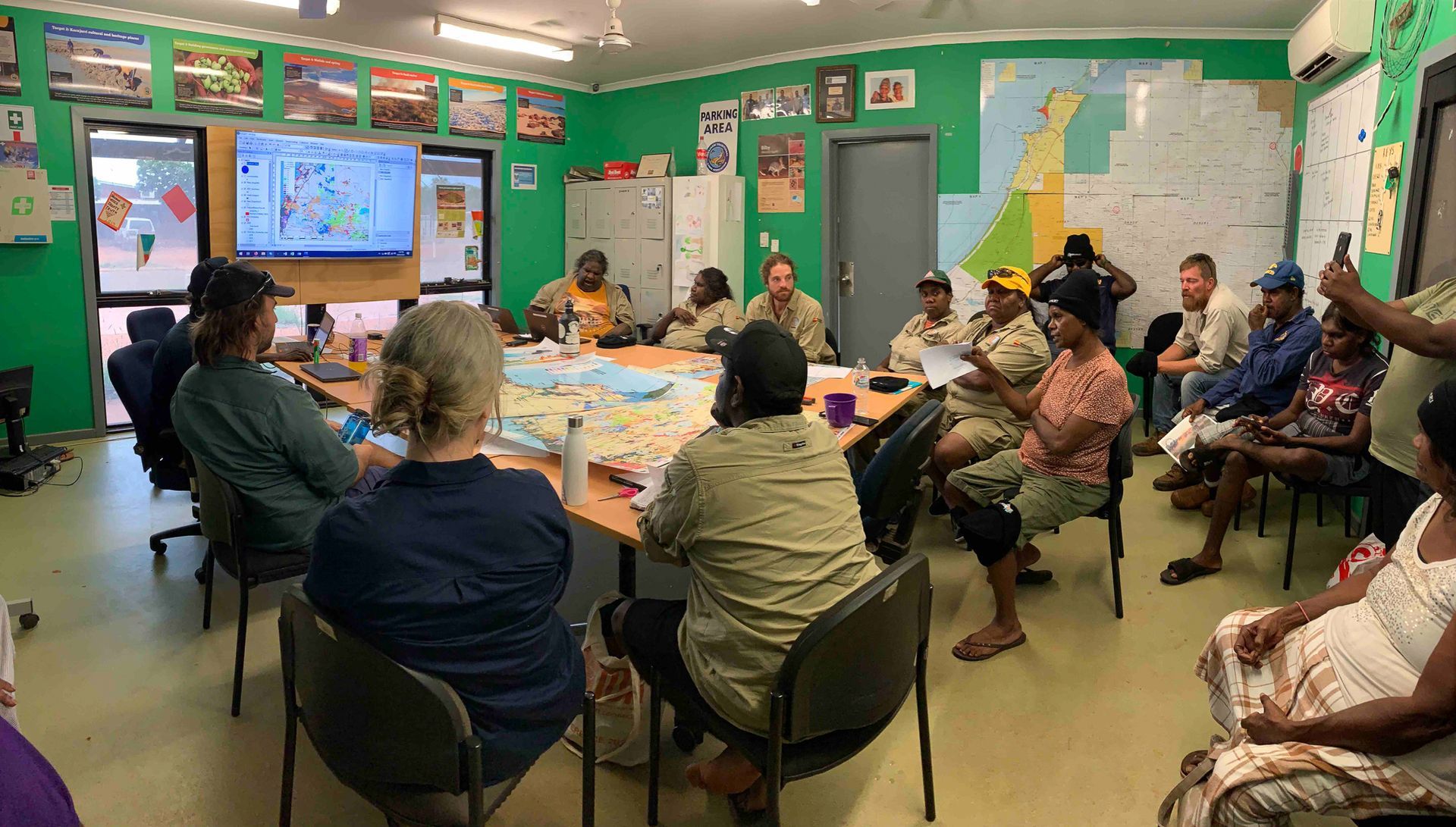Rupert Taylor-Price, Founder and CEO of Vault Cloud
Australia’s Greatest Innovation Opportunity: IT Sovereignty
Fostering innovation in our local technology sector can only lead to a safer,
stronger, more prosperous Australia.

The COVID-19 pandemic has woken up Australians to our vulnerability as an island state that is heavily dependent on global supply chains for everything from video-conferencing capabilities to vaccines and personal protective equipment. We are in an excellent position to drive innovation and commercialisation of our domestic capability and uplift local industry, but urgent action is required across government investment, policy, legislation, and tax reform.
We must better prepare ourselves for such macro events, be they future pandemics, geo-political warfare or the impact of climate change. Bolstering our local IT sector is critical not only for economic growth but also our national security. Cyber is the new frontier of warfare and Australia’s fleet is quite small compared to other countries. Imagine if foreign bad actors were to gain control of our power stations or aviation systems? It could make COVID-19 look quite trivial in comparison, and these are real and growing concerns.
A tremendous economic opportunity
The technology sector is equivalent to Australia’s third biggest sector, just behind mining and banking, contributing $167bn to our GDP (around 8%). Jobs in the sector have grown twice as fast as average employment over the last decade, making tech a critical pillar of our economy.
However, while Australia ranks well for technology ideation and adoption — for example, most Australian businesses now use cloud services such as Vault Cloud – we are seriously lagging behind when it comes to innovation and domestic production. A report by Accenture for the Tech Council of Australia into the economic contribution of Australia’s tech sector found that Australia ranked 36th out of 38 in the OECD for its ICT trade balance. We can certainly do much better.
Historically, there has been a tendency to look overseas, even when the Australian solution is actually better. We don’t seem to embrace our local technology, despite the fact that our procurement arm is enormous, and this has stifled innovation. Government investment in the industry seriously lags behind other nations at only 8%, compared to over 80% in the US. The industry would like to see 30% as a minimum benchmark.
Building Australia’s Silicon Valley
We have all the right ingredients to be a global powerhouse when it comes to IT innovation – an advantageous geopolitical position, a well-educated and relatively affluent population, political stability, and a skilled and creative workforce. There is absolutely no reason why Australia shouldn’t have its own Silicon Valley, with all of the economic growth that would entail. Furthermore, it would secure our ability to attract the best international talent into the future, rather than risk losing our best people to overseas opportunities.
A growing number of Australian companies have developed beyond the start-up phase to become internationally competitive while supporting economic growth and jobs at home. Among these success stories are well-known companies such as Atlassian and Afterpay and emerging firms such as Willow, Culture Amp and AgriDigital. Many more are waiting in the wings for their chance.
The answer lies not in blocking global innovation and technology – such as in the case of Huawei – but in lifting up the capability of Australia by proactively addressing challenges.
So, how do we do this? What’s required is leadership, capital, tax reform, legislative changes, policy making, and the proactive use of government buying power. We need to better balance the needs of our sovereign capability with leveraging the benefits of global innovation.
While all these represent major challenges, bolstering innovation in the Australian technology sector is pure opportunity. It can only create a safer, more prosperous Australia that has greater domestic capability, more jobs, and a booming economy. Success follows success.











